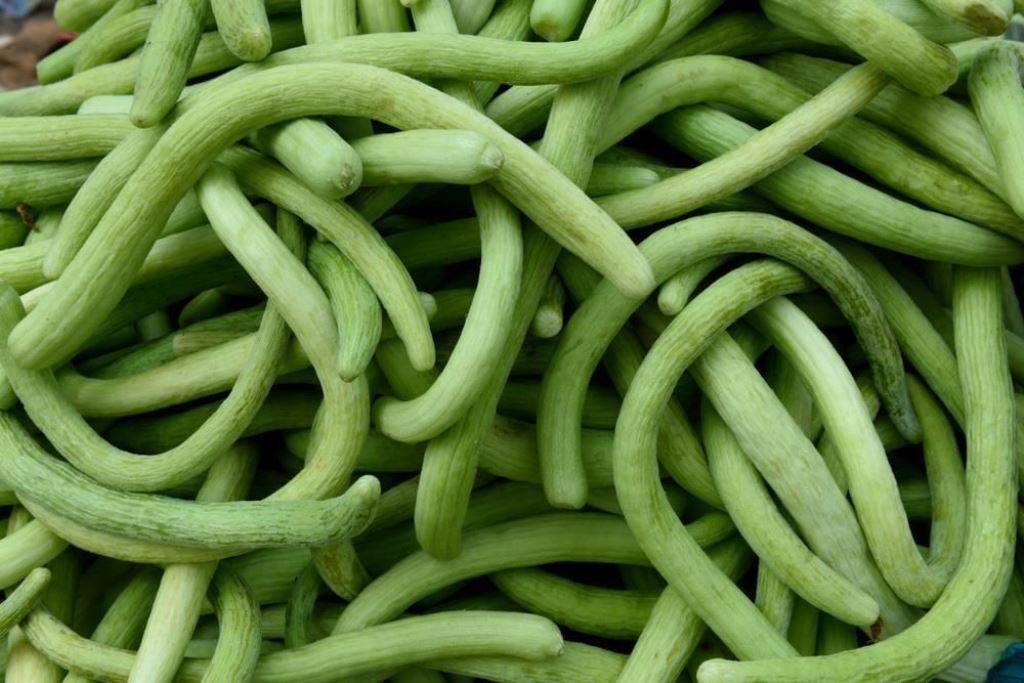
The fruit is generally eaten raw and the tender Kakdi with young seeds is preferred. During summer, this water-rich fruit is consumed as a snack as it cools the body. Vendors slit the fruit lengthwise, sprinkle chaat masala and sell it to thirsty customers along roadsides and highways.
It is a long, slender fruit that look-wise and tastes like cucumber and in fact related to muskmelon. In the rural areas of Uttar Pradesh, a saying is quite popular that Are Dekho yeh to kakdi ki Tarah badh Gaya means grows quickly like Kakdi. The fact is that the kakdi fruit can double in size overnight.
In view of this scientific fact that the crop grows fast, it is a quick source of income for farmers. The input costs are low. Suraj Pal Mourya, who has been cultivating kakdi on the banks of Yamuna for the last 5 years, gives a broad cost-benefit estimate. For 0.25 hectares of land, around Rs 3,500 (€43.75) worth of seeds are needed.
However, this is a one-time investment as some fruits are deliberately left in the field to mature, and these provide seeds for the subsequent years. This self-sufficiency bodes well as very few seed varieties are sold in the market.
Mourya spends around Rs 5,000 (€62,-) to prepare the land, including compost and another Rs 5,000 on pesticides. After two months, the fruits are available. Initially, only 10-15 kg is available every alternate day and this sells for around Rs 40–50 (€0.50-0.62) per kg. Though the quantity of the fruit increases later in the season—50 kg per day—its price goes down to Rs 10–20 per kg.
He estimates that on an average he would earn at least Rs 20,000 from Kakdi alone in a season. But along with kakdi, he also grows onion and coriander to supplement his income.
















